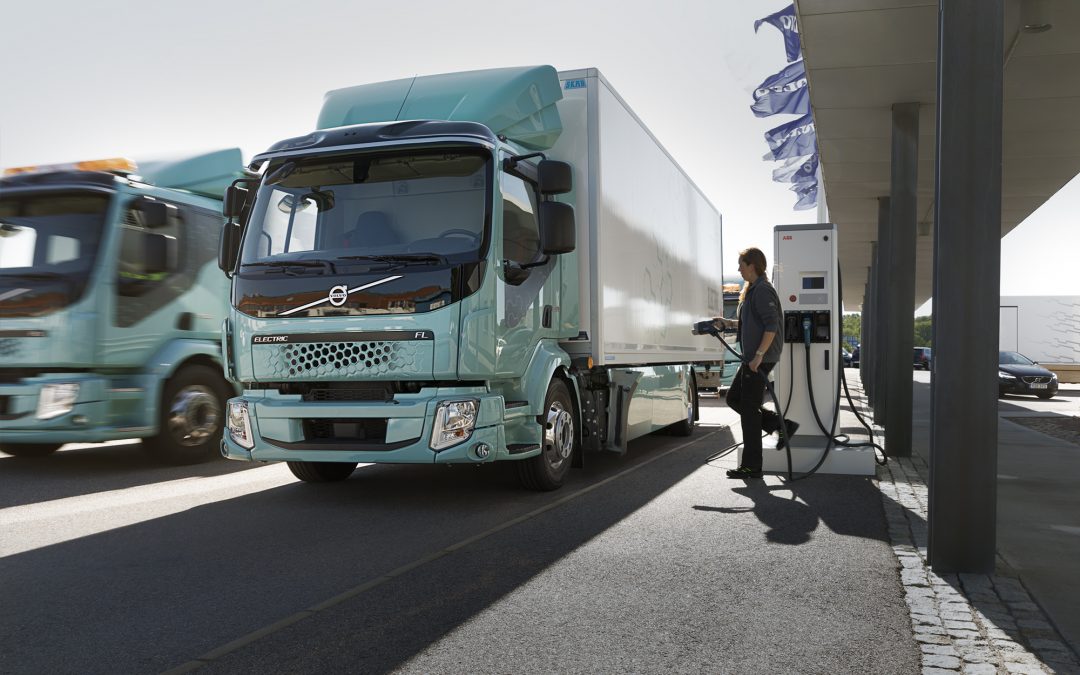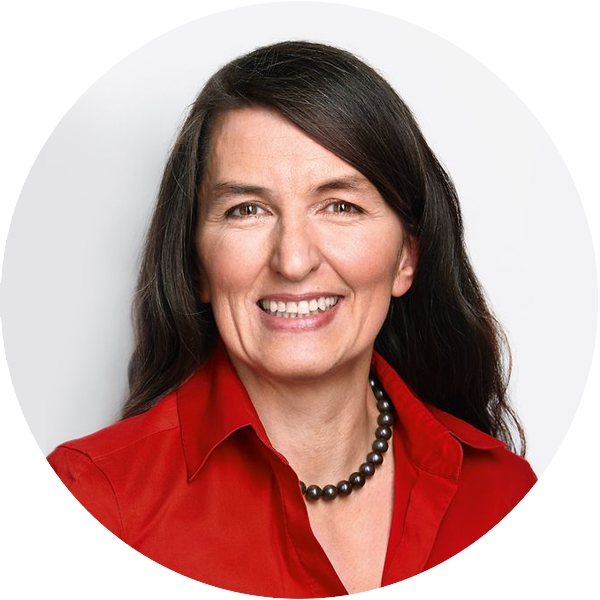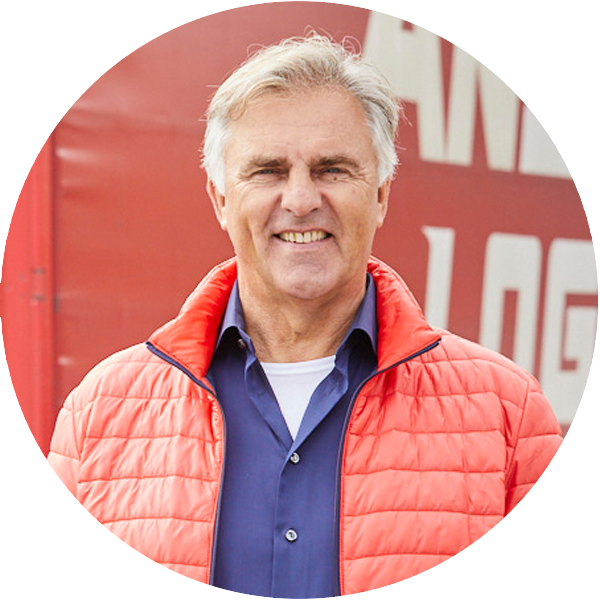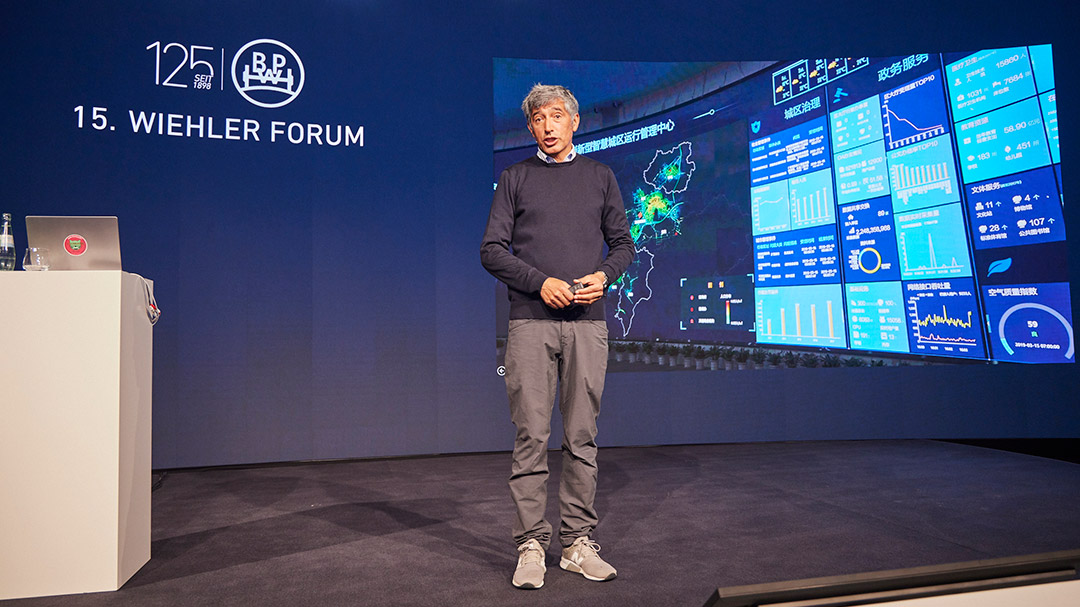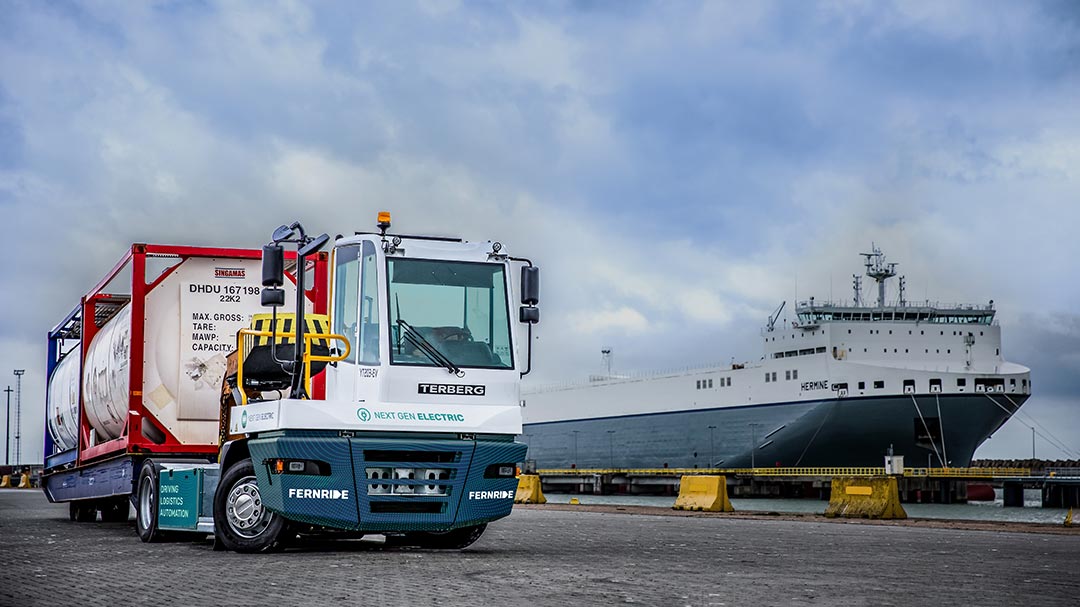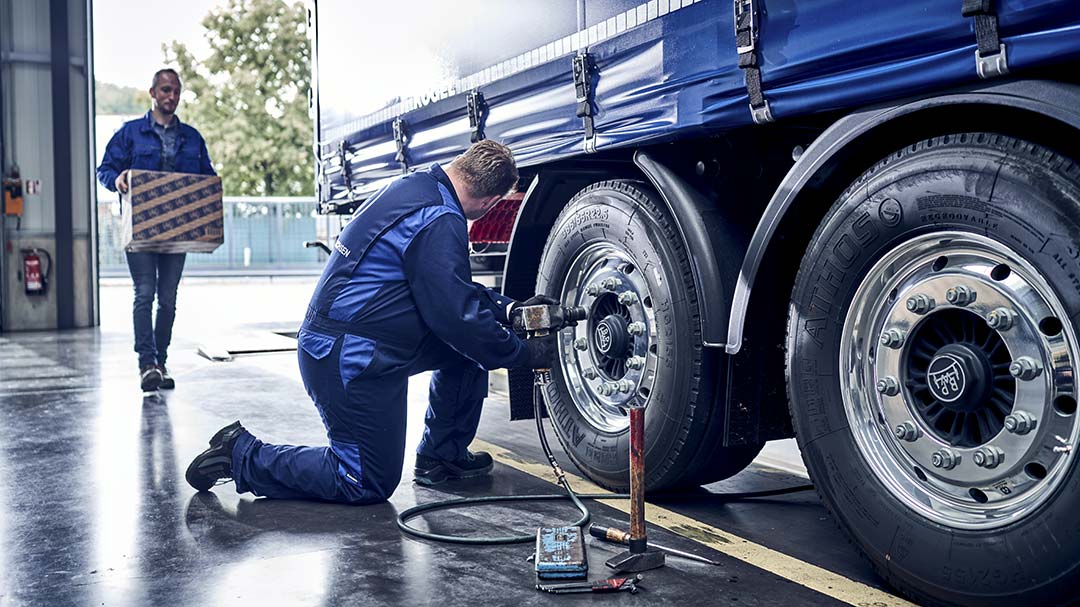Reading time: approx. 10 minutes
Text: Juliane Gringer
Photos: Volvo Trucks, SPD-Parteivorstand – Benno Kraehahn, BPW
To transport goods without emissions, vehicles with alternative drive systems are needed. Hauliers have long complained that such vehicles are not available. Is this true? motionist.com has brought three sides together in a video conference: Peter Prijak, Director New Vehicle Sales at Volvo Trucks, Kirsten Lühmann, transport policy spokeswoman of the SPD parliamentary group and member of the committee for transport and digital infrastructure, and Wolfgang Thoma, managing director of Spedition Ansorge. A debate between manufacturer, logistics expert and politician.
Mr Thoma, as an entrepreneur, you are supposed to implement the government’s climate targets. Do the manufacturers offer you the right vehicles to do so?
Wolfgang Thoma: For me, the core competence of manufacturers is to anticipate developments, initiate field test cycles and offer us consumers the right products. However, this has failed miserably when it comes to alternative drives. When we started looking around for such a technology in 2013, the manufacturers did not open themselves up to it in any way. To be fair, it has to be said that from 2015 the Paris Climate Protection Agreement will have given the industry a jolt. But in 2013 our wish was not even heard. So we have gone our own way and, in cooperation with partners such as MAN and the Bavarian state government, have constructed a fully electric tractor: ELIAS is an electric tractor with 400-kilowatt batteries that can pull up to 44 tons. We intend to use it to carry out high-frequency shuttle transport over short distances as well as the pre- and post-carriage to combined transport.
»LNG and electric: We can offer marketable vehicles in both forms.«
Peter Prijak, Director New Vehicle Sales, Volvo Trucks Germany
Peter Prijak: I would like to say in advance that the diesel, as it is currently regarded, is also being wronged a little. In recent years, huge savings in emissions have been achieved there. A modern 40-tonne tractor unit in standard distribution transport consumes 30 or even only 28 litres. Volvo is committed to the Green Deal: we have a clear vision here, which we share with the European Commission, and we see ourselves as part of a society that wants to move forward. We should take this into account: In recent years we have had to drive forward the development of the diesel vehicle, develop LNG and at the same time the electric issue, while we see the fuel cell as probably the most suitable solution. We have founded a joint venture with Daimler for this purpose. Of course, all this is linked to immense investments. At the same time, the cost pressure in the industry is high.
Kirsten Lühmann: Politics has a problem: We are usually confronted with forces that are very far on one side or very far on the other. And extremes are never good. Some people say we don’t need to do anything at all, that everything will work with optimized diesel. The others want to ban it as soon as possible. In my view, one is technically impossible, the other is politically nonsense. I agree with Mr Prijak that Volvo has already done a great deal. At the IAA 2018, the company had a complete stand only with LNG vehicles. That was a statement! We introduced a purchase bonus for LNG heavy-duty trucks and then we also implemented the toll exemption, which was extended until 2023.
»We can’t do more than promote, but the industry really must develop.«
Kirsten Lühmann, transport policy spokeswoman of the SPD parliamentary group and member of the Committee on Transport and Digital Infrastructure
Kirsten Lühmann: A year and a half ago, I looked at a 7.5-tonne fuel cell vehicle at VW Commercial Vehicles, which was actually supposed to be on the road – but it isn’t, because there were apparently still problems. These are of course things that leave us in politics at a loss. We can do no more than promote, but it is really the industry that must develop.
Peter Prijak: From my point of view of German politics, I can give a lot of praise here. We are indeed receiving important impulses through the funding instruments. Among other things, the expansion of the LNG network is also important for our customers: they do not only need support in purchasing, but also the right infrastructure to refuel their fleet. The rapid expansion of the network currently offers good prospects.
Wolfgang Thoma: Excuse me, but wouldn’t it have been the very task of the commercial vehicle industry to provide a charging infrastructure in an integrated system? I drive Tesla. Some American came across the pond and installed about 120 of his own charging stations – and we always call for politicians or the government! I don’t think that the commercial vehicle industry has really allowed itself to be challenged in this respect – or what do you think, Mrs Lühmann?
Kirsten Lühmann: Tesla is a bad example for me in this respect. Yes, the company has rolled out a worldwide network, but it has still not made a profit, so it is producing into the future. There is nothing wrong with that, but the truck manufacturers in Europe, as an established industry, are dependent on handling this differently. Moreover, Tesla only produces electric vehicles, so it only has to set up one system. As we have already discussed here, however, the major manufacturers are working on various technologies. As politicians, we see very clearly that this means immense expenditure in research and development. We also expect this effort to be made. But if we now say at the same time that a charging or tank infrastructure is to be set up for each way, that would overstretch the industry. This is why we are working with subsidies – and we will continue to do so until we have agreed on a technology. If it becomes clearer, we will also have a reasonable infrastructure.
Wolfgang Thoma: You have now offered the commercial vehicle industry a template, but it is not that starving. It has made huge profits in the past decades. I’m with you in the sense that these four or five drive technologies, to which I add the diesel, will have to compete for the favorite. But you can’t tell me that an institution like VW would not be able to test the best drive system for the future in field trials or to carry out trend-setting planning. That is entrepreneurship! That is what I am characterized by, and I am telling you that the commercial vehicle industry should have initiated such developments. If it had, it would have known the way ahead long ago.
»The commercial vehicle industry should have initiated the development of future-proof drives. Then it would have known the way forward by now.«
Wolfgang Thoma, managing director of the Ansorge freight forwarding company
Kirsten Lühmann: I absolutely agree with you, Mr Thoma, on the development, but not on the filling station network. That was the difference.
Peter Prijak: May I also express a very clear opinion at this point: Our industry is being wronged when it is said in such general terms that it has not completed tasks in the past or has generated incredible returns. Like most other manufacturers, we are a stock corporation. You can see very clearly where the profits are going, and at the end of the day, of course, we have to meet the demands of our shareholders. Our main shareholder is a Swedish bond fund. These are not people who want to give venture capital or gamble on the stock exchange, but there are countless small savers behind them who want a safe investment. And: the Volvo Group is a pure manufacturer of commercial vehicles, construction machinery and engines. We don’t subsidise anything crosswise, we specialise in what we do best. That’s why we don’t operate any filling station networks and charging stations or offer electricity. I believe that such things can only happen with a sense of form, and politics has provided very good incentives here.
Peter Prijak: Yes. We are also noticing that due to the expansion of the LNG filling station network, but also because of the support from politicians, interest is suddenly also coming from customers for whom the doors previously seemed closed. Many are reorienting themselves, the entrepreneurs are discovering the advantages. For example, in terms of fuel consumption, where, with an annual mileage of around 120,000 kilometres, after three years around 35,000 euros have been saved, quite independently of subsidies. The higher purchase price is therefore already worth it.
Wolfgang Thoma: The commercial vehicle industry is trying to offer technologies that are viable for them in terms of returns and so on. This is legitimate from an entrepreneurial point of view, and I don’t have a big problem with that either. But then it’s not the technical concept that leads to a change in purchasing behavior, but the state subsidy. For years nobody was interested in gas trucks, I have observed this with Iveco. Then come the toll exemptions and subsidies as an incentive to buy – and suddenly a technical product that was not in vogue before is in great demand. It is certainly true that incentives have to be created, but I think that these incentives should have come from the industry itself through early development.
Kirsten Lühmann: It is important that the development of drive technologies continues. What I would like is for the industry to be open and tell us honestly what it needs, without the parties involved wanting to outdo each other. We need a united opinion from the associations instead of many individual opinions. I maintain that development is a matter for the OEMs. The expansion of the filling station network is being promoted by politicians. I would like to see us support synthetic fuels, and if the manufacturers were to get involved, that would be a very great help.
Wolfgang Thoma: We will continue to pursue alternative drive technologies, whether battery-based e-mobility, gas, synthetic fuel, hydrogen, fuel cells – but as passive market observers. We will only make use of them once sensible technology has been established, perhaps also with the support of the state. What is particularly close to my heart is the strengthening of rail transport, because we as entrepreneurs, as freight forwarders and logisticians associate many structural problems with freight transport. Wherever we can make good use of rail in long-distance transport, we want to do so.
Peter Prijak: I have explained what we as manufacturers can contribute to this. We can also move further in the direction of fuel cells – together, because no one can shoulder this alone. We would like to see clear, long-term and binding guidelines. Then we can develop even more purposefully. As a company, we are definitely prepared to make our contribution to future mobility in our society.

